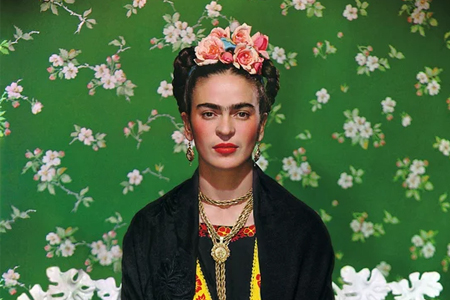Frida Kahlo
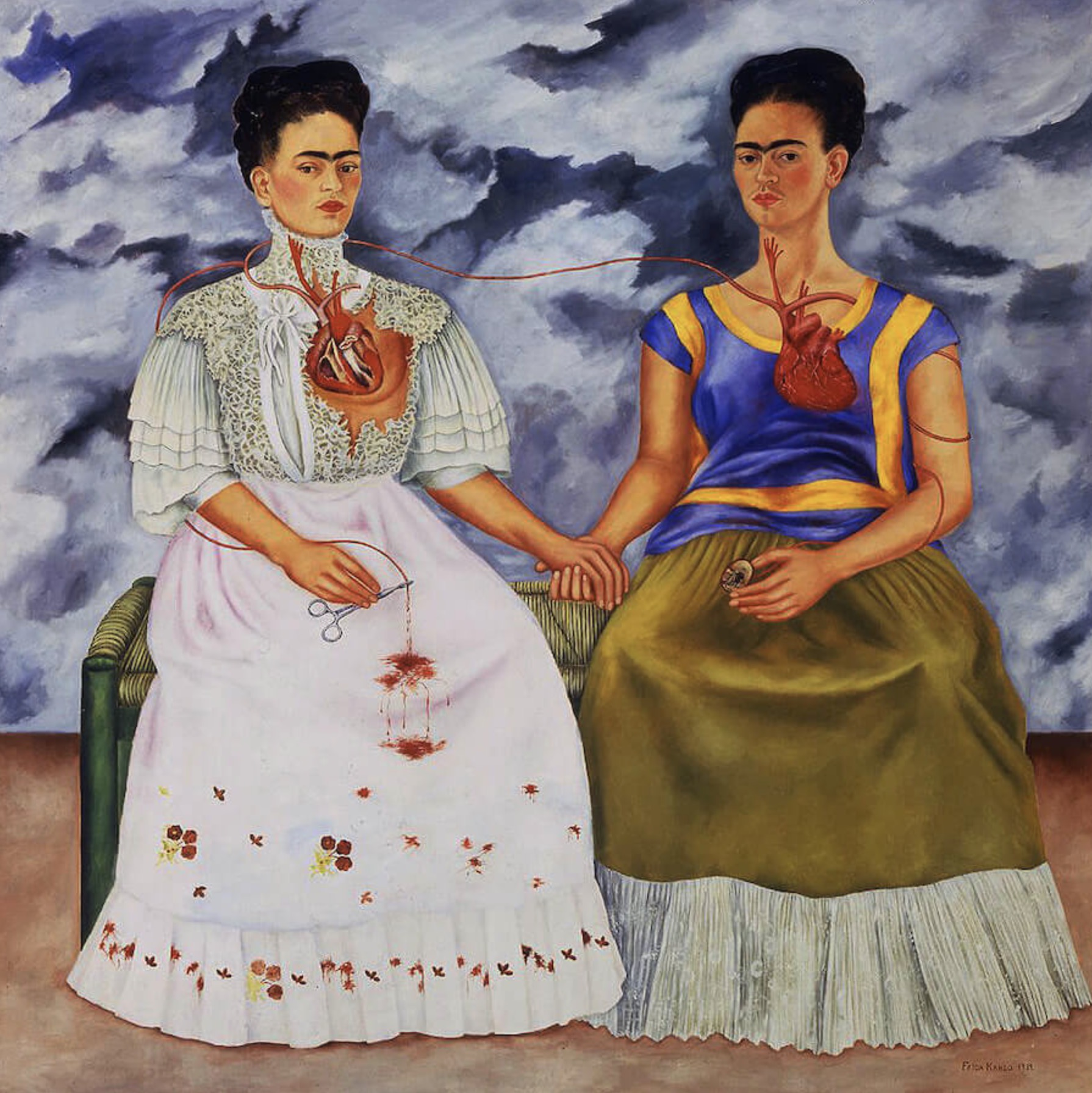
Frida Kahlo didn’t just paint self-portraits, she painted her soul. Through vivid colors, surreal symbolism, and unflinching honesty, she turned her physical and emotional pain into power. Born in 1907 in Coyoacán, Mexico, Frida lived a life of bold resistance and radical self-expression.
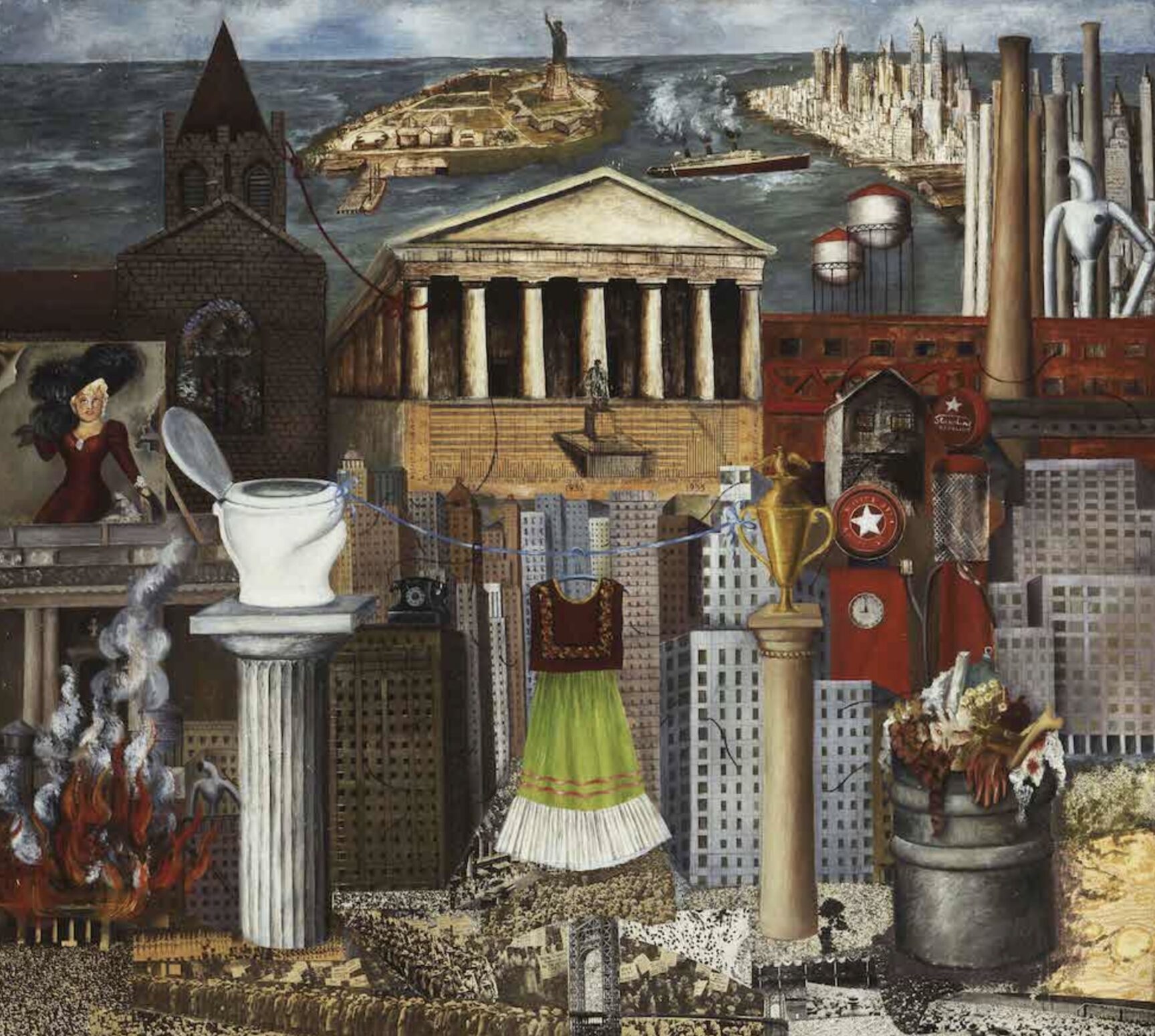
After surviving a devastating bus accident at 18, she began painting while bedridden. That trauma shaped her forever, and her art became a way to process her identity, her disability, her heartbreaks, and her culture. Her work blends Mexican folk art with surrealism, creating an entirely new language for personal storytelling.
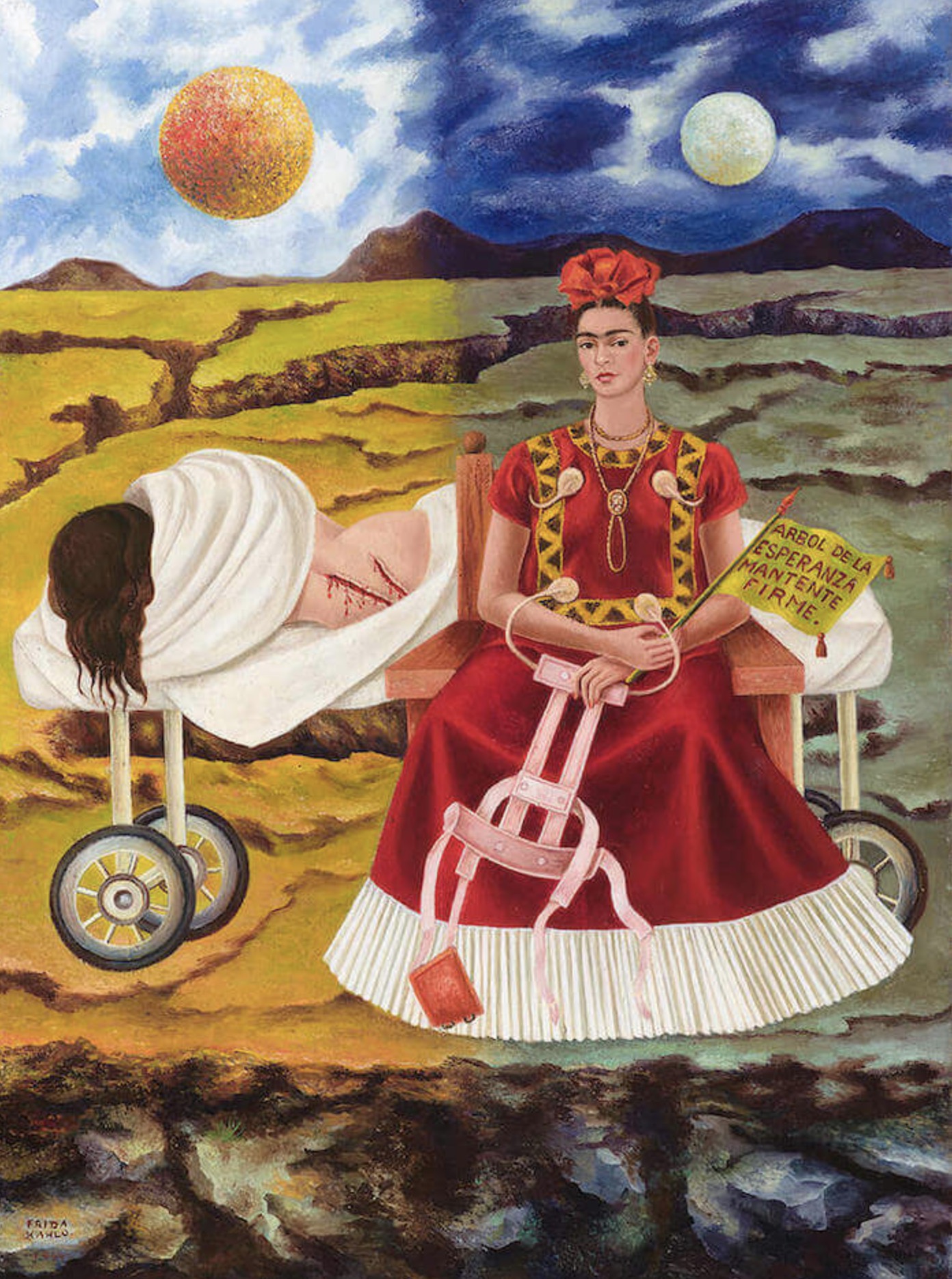
Frida was proudly Mexican, proudly female, and proudly herself. Her unibrow, mustache, and colorful Tehuana clothing were political statements, rejecting Eurocentric beauty standards and embracing Indigenous heritage. Her paintings tackled everything from miscarriage and medical trauma to gender roles and sexuality.
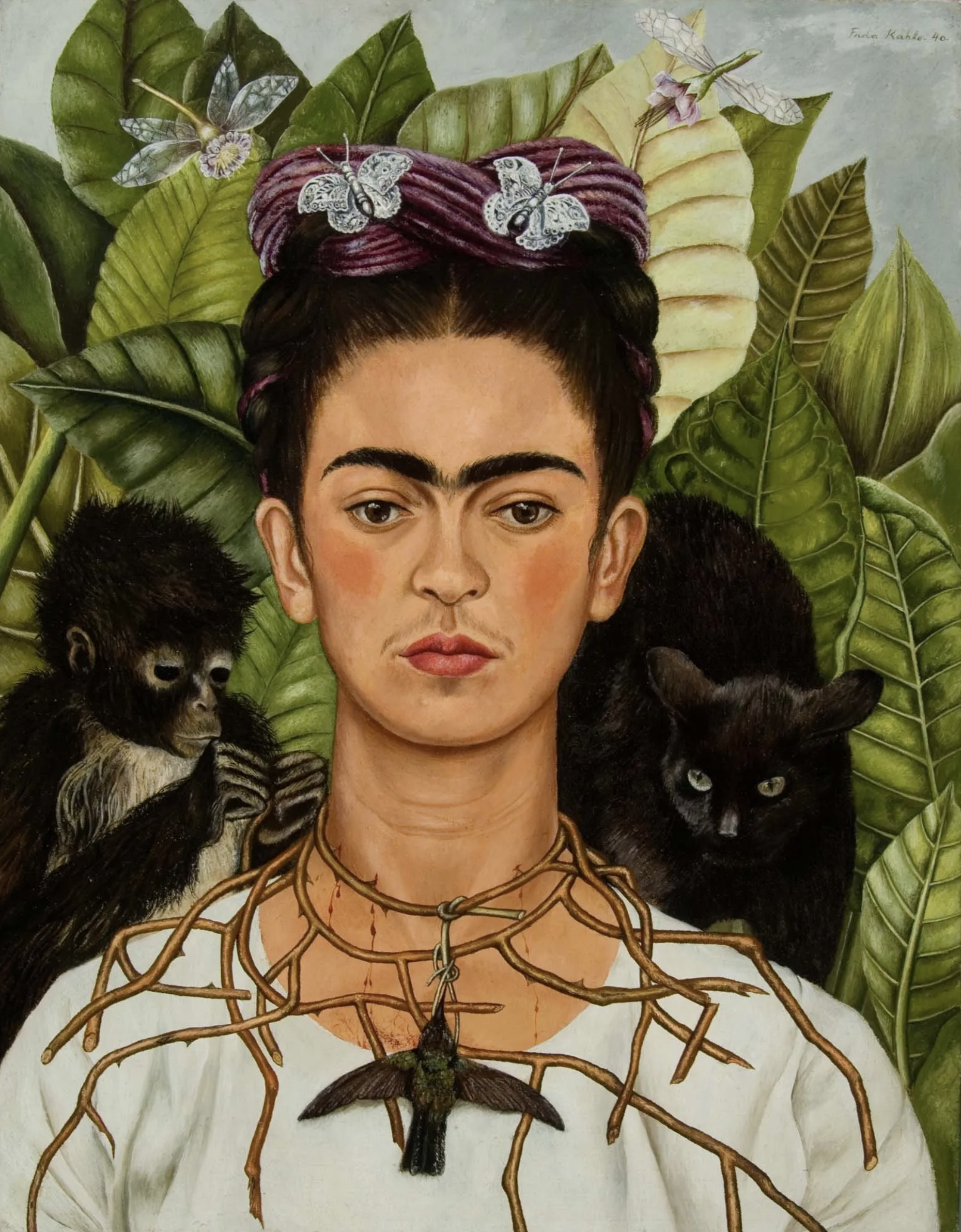
She lived loudly in a world that wanted her to stay quiet. Openly bisexual, politically outspoken, and creatively fearless, Frida made space for women, LGBTQ+ people, and anyone who's ever felt othered to see themselves in art. Even today, she’s a global symbol of resilience, identity, and self-love.

?
How did Frida Kahlo use clothing and self-portraiture to express her identity?
Why is Frida considered both a feminist and LGBTQ+ icon?
What role does Mexican culture play in her artwork?
How did Frida turn her physical pain into art that resonates worldwide?
What makes 'The Two Fridas' such a powerful image of emotional conflict?
Why do you think Frida Kahlo’s legacy remains so strong today?
If Frida were alive today, what causes or communities might she advocate for?
Dig Deeper
In this video, we'll take a closer look at Frida Kahlo's life and her artwork. We'll learn about how she was born in Mexico City in 1907 and how she started painting at a young age. We'll also talk about some of the challenges that Frida Kahlo faced in her life, including a serious accident that left her with lifelong injuries.
In 1925, Frida Kahlo was on her way home from school in Mexico City when the bus she was riding collided with a streetcar. She suffered near-fatal injuries and her disability became a major theme in her paintings. Over the course of her life, she would establish herself as the creator and muse behind extraordinary pieces of art. Iseult Gillespie dives into the life and work of Frida Kahlo.
We take an in-depth and immersive look into the life of the iconic Mexican artist, Frida Kahlo. In this video, you'll learn about the key moments and experiences that shaped Frida and her art. From suffering multiple injuries to surviving turbulent relationships, Frida proved to be larger than life in her drive to live and create.
Frida Kahlo is the most famous female artist in history. She deviated from the traditional portrayal of female beauty in art, and instead chose to paint raw and honest experiences. A near fatal bus accident at 18 left Frida crippled and in chronic pain her whole life, but she managed to make a virtue out of adversity, and astonishing original art out of her pain.
Discover more

Salvador Dalí
Dalí showed the world that imagination has no limits. By turning dreams into masterpieces, he dared us to embrace the strange, the surreal, and the deeply personal. His art reminds us that creativity isn't about following rules, it's about rewriting them.

Vincent van Gogh
Van Gogh taught the world that art doesn’t have to be perfect to be powerful. He painted with emotion, lived with passion, and used color like a language all its own. His story reminds us that even when the world doesn’t see your worth right away, your vision can still change it forever.

Barbara Kruger
Barbara Kruger’s work is a masterclass in speaking truth to power. She uses the tools of mass media not to sell, but to subvert, to interrupt the daily scroll of consumption with urgent, unforgettable questions. Her white-on-red commands force us to confront the systems we’re often too busy to question: capitalism, patriarchy, surveillance, conformity. Her work isn’t quiet, it’s confrontational. And that’s the point. In a world of endless noise, Kruger reminds us that boldness still breaks through.
Further Reading
Stay curious!
